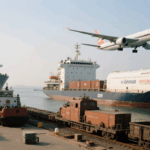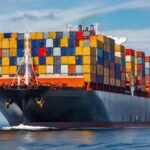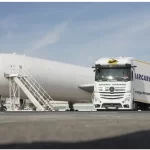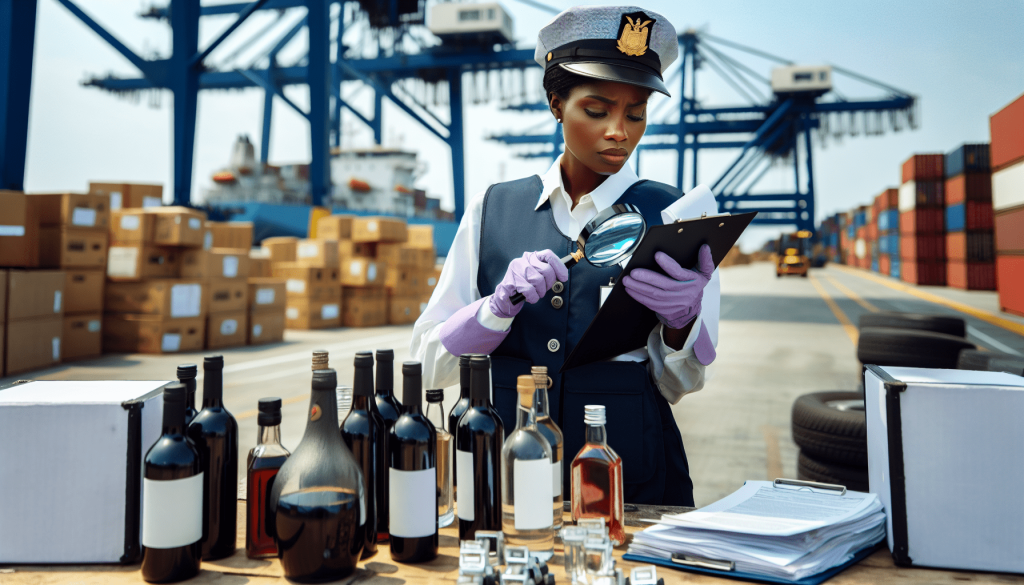- By Della tj
- September 26, 2025
- Rail Freight, Shipping
Shipping from China to Norway is essential for businesses importing electronics, furniture, textiles, and industrial products. Choosing the right freight method, preparing customs documents, and understanding duties are vital to avoid delays and extra costs. This guide explains costs, transit times, required paperwork, and real-world shipping examples, giving importers the clarity they need.
What Is China Europe Rail Freight?
China Europe rail freight refers to the railway connections between major Chinese logistics hubs—such as Xi’an, Chongqing, and Yiwu—and European destinations like Duisburg, Warsaw, and Madrid.
Although sea freight continues to dominate global trade, the rail option is growing rapidly. Moreover, it is part of the Belt and Road Initiative, designed to boost Eurasian trade. In addition, it offers environmental benefits, as trains emit significantly less CO2 compared to airplanes.
How Fast Is Rail Freight Compared to Sea and Air?
| Mode | Transit Time | Cost Level | Advantages | Limitations |
|---|---|---|---|---|
| Sea Freight | 30–40 days | Lowest | Best for large cargo | Very slow |
| Air Freight | 5–10 days | Highest | Fast and reliable | Expensive |
| Rail Freight | 15–20 days | Moderate | Balance of cost & time | Route restrictions |
To illustrate, rail freight cuts delivery time nearly in half compared to sea, while costing 60–70% less than air.




Real Case Studies of China Europe Rail Freight
Case 1: Xi’an → Duisburg
- Goods: 40GP container of auto parts
- Cost: USD 5,500
- Transit: 17 days
- Mode: Block train service
Case 2: Chongqing → Hamburg
- Goods: Consumer electronics (20GP)
- Cost: USD 3,800
- Transit: 15 days
- Mode: Consolidated shipment
What Are the Key Routes of China Europe Rail Freight?
China Europe rail freight operates on three main corridors:
- Northern Route: Via Mongolia, Russia, and Belarus to Northern Europe.
- Central Route: Through Kazakhstan, Russia, and Poland to Central Europe.
- Southern Route: Via Kazakhstan and Turkey to Southern Europe.
Additionally, the central route remains the most widely used due to its infrastructure and customs efficiency.
What Are the Costs of Rail Freight?
| Route | Container Type | Avg. Cost (USD) | Transit Time |
|---|---|---|---|
| Xi’an → Duisburg | 40GP | 5,500–6,200 | 16–18 days |
| Chongqing → Hamburg | 20GP | 3,600–4,000 | 14–16 days |
| Yiwu → Madrid | 40HQ | 6,000–6,600 | 18–20 days |
| Chengdu → Warsaw | 20GP | 3,400–3,800 | 14–15 days |
Accordingly, rail freight costs remain competitive, especially for mid-value cargo that cannot justify air freight rates.
What Customs Documents Are Needed?
| Document | Purpose |
|---|---|
| Rail Bill of Lading | Contract of carriage proof |
| Commercial Invoice | Declares shipment value |
| Packing List | Cargo details for inspection |
| Certificate of Origin | Verifies production country |
| Customs Declaration | Required for border entry |
Indeed, preparing documents correctly ensures smoother clearance and fewer delays.

Why Should Companies Choose China Europe Rail Freight?
Several benefits make rail freight attractive:
- Faster delivery than ocean freight.
- Lower costs compared to air freight.
- Reliable schedules with weekly departures.
- Eco-friendly with reduced CO2 emissions.
Nevertheless, limitations include capacity constraints and route-specific customs challenges.
How Is Cargo Tracked on Rail Freight?
China Europe rail freight offers GPS-enabled tracking systems. Importers can access real-time updates on cargo location, estimated arrival, and border crossing status.
Furthermore, many forwarders provide digital dashboards integrated with supply chain management tools. This feature allows businesses to plan inventory and coordinate warehouse operations effectively.
Pros and Cons of China Europe Rail Freight
| Pros | Cons |
|---|---|
| Balanced cost and speed | Higher cost than sea freight |
| Reliable weekly schedules | Limited route options |
| Lower carbon footprint | Smaller capacity than ocean vessels |
| Ideal for electronics & fashion | Possible customs delays |
To summarize, rail freight works best for companies needing moderate speed at reasonable costs.
Conclusion
The china europe rail freight network has transformed Eurasian trade by offering faster shipping than sea freight and lower costs than air freight. It combines efficiency, sustainability, and reliability, making it an excellent choice for modern businesses.
Therefore, companies seeking a competitive edge should adopt rail freight as part of their logistics strategy. With expert freight forwarders, cargo tracking, and customs support, the China Europe rail freight service becomes a vital link in global supply chains.
- Consult TJ China Freight Forwarding for the lowest quote. They will provide you with reliable, cost-effective service.
FAQs
Q1.How often does China Europe rail freight depart?
Multiple departures occur weekly from Chinese hubs, depending on route capacity and seasonal demand fluctuations.
Q2.Can small businesses book rail freight shipments?
Yes, less-than-container load (LCL) services let SMEs consolidate cargo, reducing expenses while ensuring timely deliveries.
Q3.Which industries rely most on China Europe rail freight?
Electronics, automotive, textiles, and e-commerce use rail freight for balanced transit times and moderate shipping costs.
Q4.How does customs clearance work on rail routes?
Forwarders handle documentation and pre-clearance, helping minimize inspection delays at border checkpoints.
Q5.Is rail freight greener than air freight?
Yes, trains emit around 70–80% less carbon dioxide, making them more environmentally sustainable.

